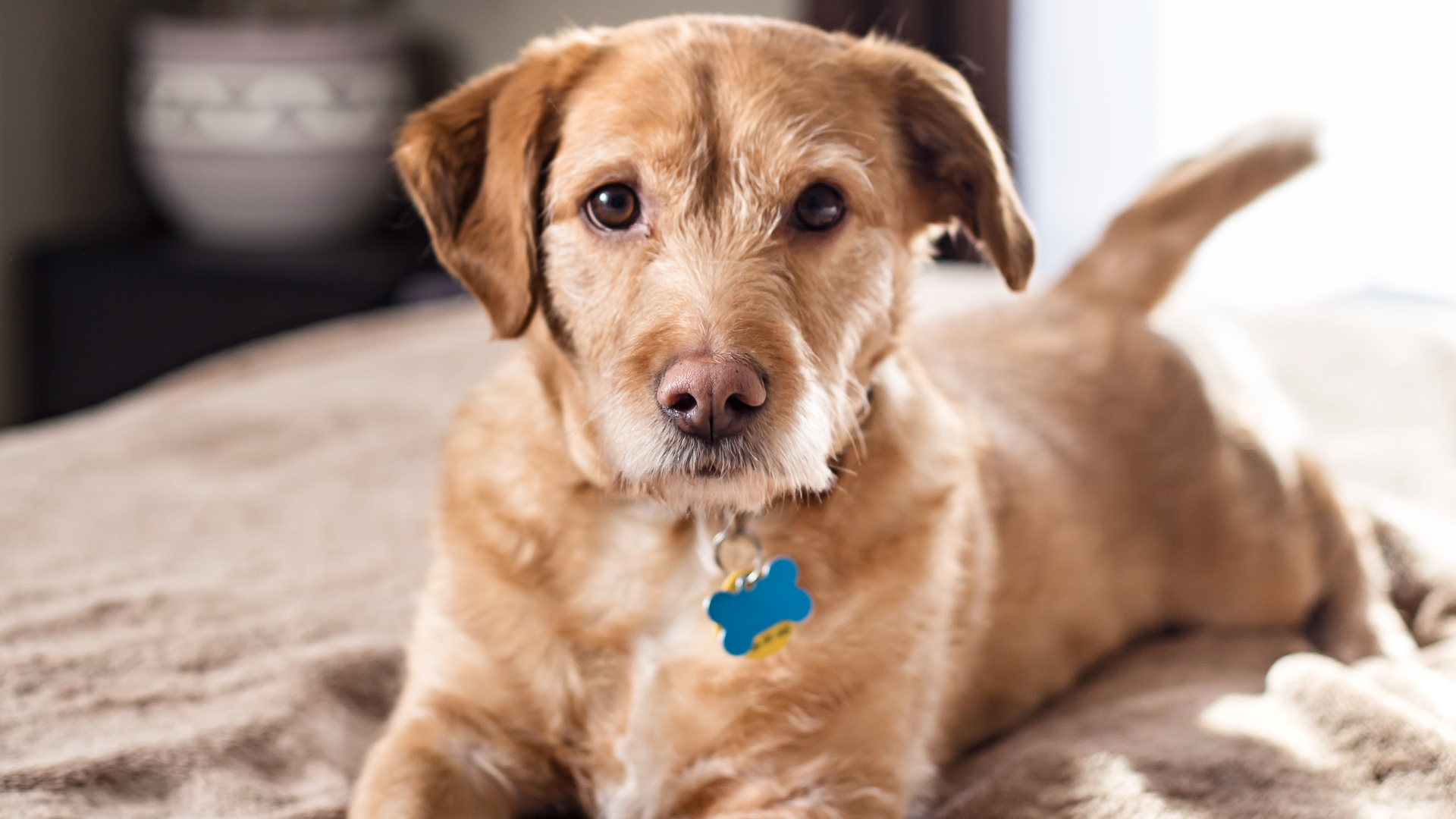Pet Surgical Procedures
At Hillside Veterinary Associates, we prioritize the safety and well-being of our surgery patients.

Surgical Procedures
By employing EKG monitoring, pulse oximetry, apnea monitoring, blood pressure monitoring, and heat protection, we can closely monitor your pet’s vital signs, detect any potential complications, and take immediate action if necessary. We want you to have peace of mind knowing that your beloved pet is receiving the highest standard of care during surgical procedures.
EKG monitoring, also known as electrocardiogram monitoring, is a vital component of our surgical procedures. It allows us to continuously monitor your pet’s heart rhythm and detect any abnormalities or irregularities during the surgery. By monitoring the electrical activity of the heart, we can promptly identify and address any potential cardiac issues, ensuring the safety of your pet throughout the procedure.
Pulse oximetry is another important monitoring tool we utilize during surgeries. A pulse oximeter measures the oxygen saturation levels in your pet’s blood, as well as their heart rate. This non-invasive device is typically attached to a paw or an ear, and it provides real-time feedback on your pet’s oxygen levels and cardiovascular function. Monitoring these parameters allows us to promptly detect and respond to any changes, ensuring that your pet’s vital organs are receiving adequate oxygenation during the surgery.
Apnea monitoring is employed to ensure that your pet’s breathing remains consistent and regular throughout the surgical procedure. It involves monitoring their respiratory rate and depth, and if any irregularities or pauses are detected, we can promptly intervene and provide the necessary support to maintain proper breathing.
Blood pressure monitoring is essential during surgery to assess the cardiovascular stability of your pet. By monitoring their blood pressure, we can ensure that their organs are receiving sufficient blood flow and oxygenation during the procedure. This helps us identify and manage any fluctuations or abnormalities that may arise, ensuring the overall well-being of your pet.
Additionally, we take special measures to protect our surgery patients from heat loss during procedures. We understand that maintaining an optimal body temperature is crucial for their comfort, recovery, and overall well-being. We use various methods, such as warming blankets, heated surgical tables, and temperature-controlled environments, to prevent hypothermia and ensure that your pet remains warm and comfortable throughout the surgical process.
